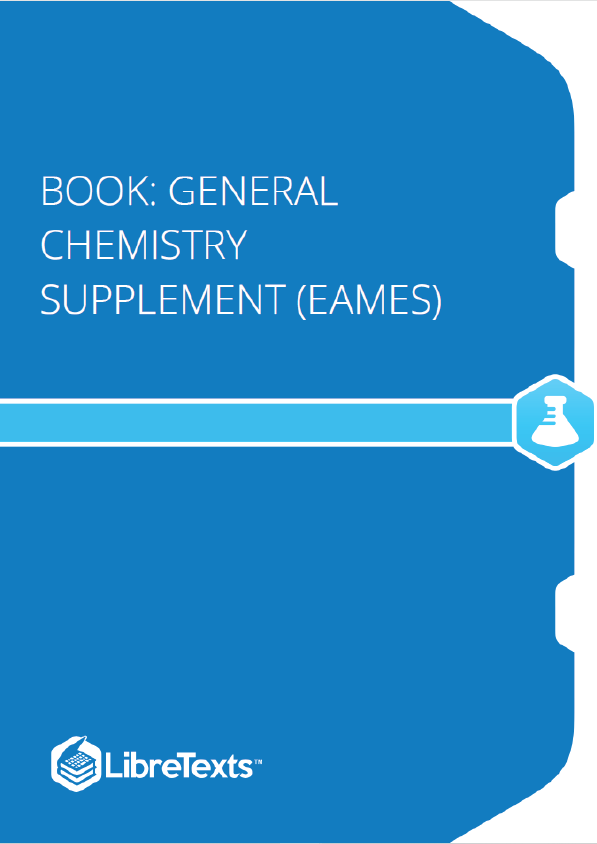Acids are familiar to you from everyday life, because acids are sour things, like vinegar and lemons. Bases might be less familiar to you. Common bases in regular life are baking soda and antacids that people take if they are having stomach trouble. Also, many soaps are basic, although this is just because of how they are made, not necessary to make them soapy. Bases make things feel slippery, and they taste bitter. They can be used to clean greasy things. Common acids and bases will react with each other and when they react completely, the products are usually a salt solution that isn’t sour or bitter. This is called neutralization. Acid-base neutralization reactions are what make most cakes fluffy, because sometimes these reactions generate a gas that makes holes in the cake.
Some examples of common acids and bases sorted by their strength on a pH scale.
It is important to know that there are many different definitions of acid and base. This page describes the simplest and most specific definition. Practicing chemists use broader definitions that stretch the general concept to a variety of situations that are important in more advanced chemistry.
How does Neutralization work?
This description describes acid-base reactions in water. (It works a little bit differently in other solvents, but you don’t need to think about that too much until you study more advanced chemistry). An acid is an electrolyte (strong or weak) that produces H ions when it dissolves in water. Hydrogen ions are also called protons, because a hydrogen nucleus is just a proton (unless it is a heavier isotope, but this is rare). Acids are sometimes called “proton donors” meaning they give away protons, but this is not a very good word, because the protons are pulled away by the solvent, not dropped by the solute. Examples of strong acids include HCl and H SO , which are called hydrochloric acid and sulfuric acid. But sulfuric acid has 2 protons bound to sulfate ion, and only one comes off completely (just like the weak electrolytes discussed here), so a solution of sulfuric acid will have hydrogen ions, bisulfate ions, and sulfate ions in solution. Just like in the case of precipitation reactions, if a base is added, both protons might come off completely and react with the base. Acids are called monoprotic, diprotic, etc. depending on how many acidic protons they have. HCl, acetic acid (vinegar, CH COOH) and nitric acid (HNO ) are monoprotic acids.
(Acetic acid has other protons, but only the last one is acidic.) Sulfuric acid and many others are diprotic acids. Examples of different types of acids (monoprotic, diprotic, triprotic) A base is an electrolyte (strong or weak) that produces hydroxide ions when dissolved in water solution. This could be because it is a hydroxide salt, like NaOH, or because it takes hydrogen ions from water, leaving hydroxide behind. A good example of this is ammonia, NH , which is sometimes used in house cleaning products. Ammonia reacts with water to make ammonium hydroxide (but only a little bit, ~1% of the ammonia reacts):
In general, bases react with hydrogen ions. This is how neutralization happens. The acid produces hydrogen ions, and the base produces hydroxide ions. These react together to make water. The anion that came from the acid and the cation are left, so if you evaporate the water, you would get a salt.











